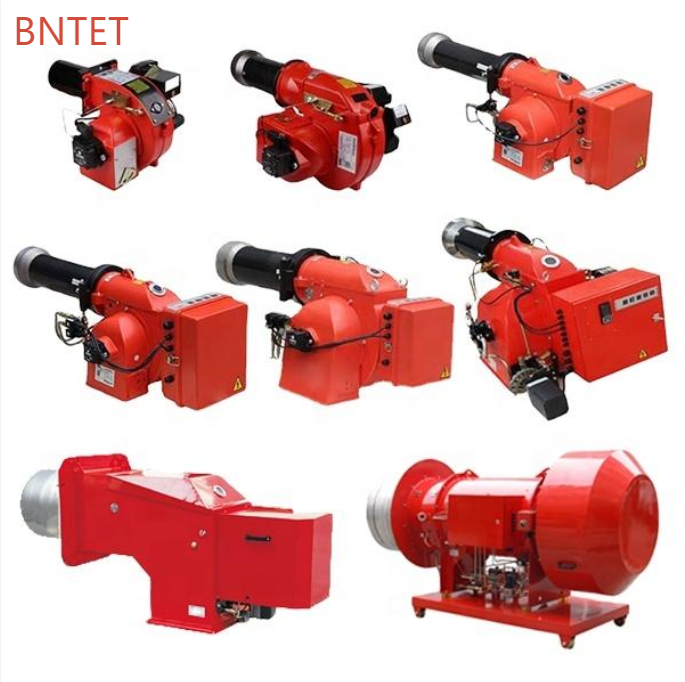Cleaning of Diesel Heavy Oil and Waste Oil Burner


In the actual use of diesel heavy oil waste oil burner, poor flame combustion and furnace tube coking will affect it. So pay attention to controlling the burner to make it burn completely, and to prevent local furnace tube temperature from being too high and coking. The heating capacity of the oil burner depends on the strength of the flame, the surface area of the furnace tube and the total heat transfer coefficient.
We should know the intensity of the flame. The higher the furnace temperature, the greater the temperature difference between the furnace temperature and the oil flow, and the greater the heat transfer capacity. The intensity of the flame can be adjusted by controlling the burner. The heating performance is related to the surface area of the furnace tube. The larger the area of the furnace tube where the flame is in contact with the flue gas, the greater the heat transfer capacity of the burner. In addition, the total heat transfer coefficient is also very important. The higher the total heat transfer coefficient of the furnace tube, the more reasonable the furnace structure and the stronger the heat transfer capacity.
When operating the oil burner, always check the fan current to avoid overcurrent burning the oil burner. The space of the fuel burner should be kept clean, and there should be no floating objects, so as not to inhale the fan and block the air supply channel of the fuel burner. The burner and the electronic control cabinet shall not be immersed in water to avoid leakage of electricity and injury. The gas contains impurities such as tar, which may adhere to the inner walls of gas pipelines and valves during transportation. The fuel burner operator should promptly remove the carbon deposits in the pipelines and valves to avoid accidents caused by loose valve closure. Before the fan sweeps the furnace, it is strictly forbidden to place torches or high-temperature objects in the furnace to avoid blasting accidents. Performance advantages and maintenance issues.
The fuel burner is a heating device that burns a certain proportion of liquid (petroleum, diesel, etc.) and air. It is a commonly used combustion device. Due to its type and application range, it can be divided into three types: special burners, civil burners and industrial burners. If used for a long time, it will inevitably cause some problems, such as fire fighting.
So how to clean the fuel burner?
Loosen the hinge shaft of the burner, open the burner head, wipe the burner parts with detergent or a rag, check and adjust the distance between the burner rods, wipe the flame detector with a clean soft cloth, and carefully clean the air duct and fan impeller.
Note:
1. Personnel who have nothing to do with the commissioning operation must leave the work site.
2. Prohibit any other operations (such as welding, gas cutting, etc.)
3. In order to ensure the personal safety of the commissioning personnel, when igniting the burner, the flame should be one meter away from the side of the burner. When the flame is burning stably, the flame can be observed in the observation mirror, and the next output adjustment and other adjustments can be made.
2. Prohibit any other operations (such as welding, gas cutting, etc.)
3. In order to ensure the personal safety of the commissioning personnel, when igniting the burner, the flame should be one meter away from the side of the burner. When the flame is burning stably, the flame can be observed in the observation mirror, and the next output adjustment and other adjustments can be made.